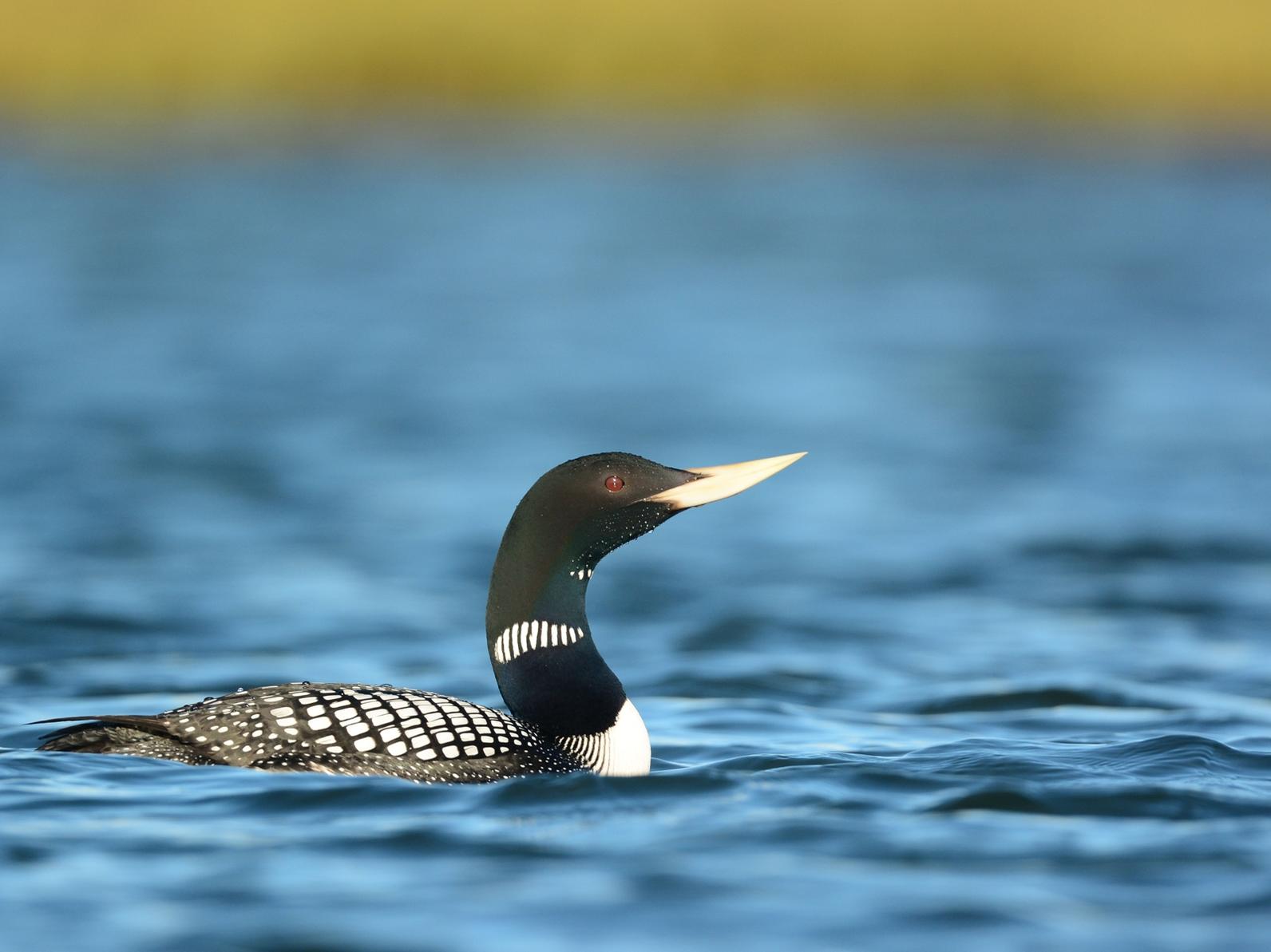
On December 22, 2017, the Trump administration issued findings greatly expanding the official estimates of oil in the Arctic. These new estimates show more technically recoverable oil than was previously thought to exist both onshore and offshore between the towns of Utqiagvik and Nuiqsut in Alaska’s Western Arctic. This does not change the fact that the Western Arctic is a biological powerhouse that casts benefits across North America, and that the federal government is legally and ethically bound to protect those resources.
This move comes hard on the heels of efforts to open the Arctic National Wildlife Refuge to oil drilling. Taken together, the Trump administration is pushing for unprecedented and wholesale access to the Arctic that could forever change the face of this delicate and unique landscape.
So timing is ripe for a new publication by Audubon Alaska that underscores the immense and fragile wildlife values found in the Western Arctic's National Petroleum Reserve-Alaska (NPRA). The wetlands of the Western Arctic are critical breeding and nesting grounds for hundreds of thousands of waterfowl that spend other parts of the year from California, to Texas to Florida. It is also home to the threatened polar bear and valuable herds of caribou, which are also in decline. The law governing the management of the NPRA requires that any development protect these priceless and irreplaceable values.
According to a new special report, the 2017 Assessment of Wildlife Values in the Teshekpuk Lake Wetlands complex within the National Petroleum Reserve-Alaska:
- The Teshekpuk Lake wetlands complex in the Western Arctic has been recognized for 40 years as one of the most important bird and wildlife hotspots in North America.
- Birds that summer at Teshekpuk Lake travel as far as South America, Asia, and across North America in their annual migrations, enjoyed by people around the world.
- Molting geese in the tens of thousands congregate in the ponds to the northeast of Teshekpuk Lake and are sensitive to human disturbance.
- Numerous species of shorebirds flock to nest around Teshekpuk Lake.
- The Teshekpuk Caribou Herd calves around the lake and are susceptible to the impacts of infrastructure and development.
- Learn more here!
LINKS:
- Summary of the 2017 Assessment of Wildlife Values in the Teshekpuk Wetlands Complex within the National Petroleum Reserve-Alaska (NPRA)
- Full Report - 2017 Assessment of Wildlife Values in the Teshekpuk Wetlands Complex within the National Petroleum Reserve-Alaska (NPRA)
- Ecological Atlas of the Bering, Chukchi, and Beaufort Seas
Protect the Ancient Trees of the Tongass National Forest
Tell the U.S. Forest Service and the USDA to halt the removal of protections for the Tongass National Forest and include Tribal Governments in a new rule-making process.




